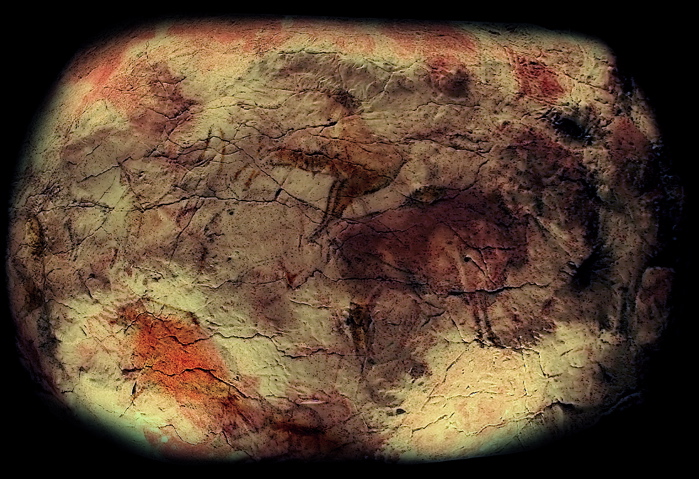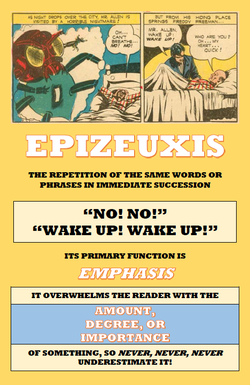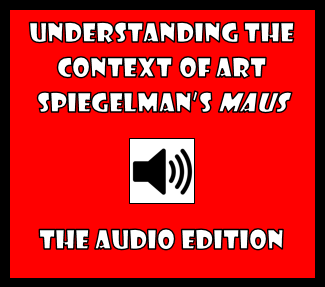The "Cave Art" Activity
3/20/2014
The activities that follow will be permanently housed on our site. Feel free to use, reuse, and distribute, tailoring specifically for your own curriculum, grade level, or program! Description Students create a piece of visual art that shows a day in their life in the manner of a cave drawing. It is up to the individual student to determine how much or how little they represent, how much of their canvas they apportion to a particular moment or event, and how they use colour, shape, and form to represent their activities or experiences. Once they have completed the piece of visual art, students then produce a written reflection in which they try to explain not simply what they have represented, but the process by which they came to represent it. Skills Self Awareness, Critical Thinking, Metacognition Purpose By the end of the activity, students should come to understand something about how they have represented themselves and their activities and experiences, how they have chosen to budget their visual space to this end, how they have gone about deciding what to include and what not to include, and what their piece of visual art does and does not say about them. Critical Thinking Questions
Metacognition Questions
How Can Visual Narrative Foster Inquiry in This Activity? Because students are creating a product that is ostensibly about them, that they generally care about, and that they are given a fair bit of freedom to put together, they tend to do a good job reflecting on what they have produced. However, the real power of the activity for me derives from what I learned this year from a student who was giving a presentation after engaging in a very similar activity. When asked to what extent the final amalgamation of images represented him, the student replied that he didn’t think it much represented him at all. “However,” he said, “if people could have seen the process I went through deciding what to include and what not to include—how I put everything together—they would have learned everything about me.” Visual narrative and visual storytelling show us so much about what a writer and illustrator are thinking, feeling, seeing, and trying to articulate—what they value as a story and what they want us to see and experience.
0 Comments
Your comment will be posted after it is approved.
Leave a Reply. |
Glen DowneyDr. Glen Downey is an award-winning children's author, educator, and academic from Oakville, Ontario. He works as a children's writer for Rubicon Publishing, a reviewer for PW Comics World, an editor for the Sequart Organization, and serves as the Chair of English and Drama at The York School in Toronto. If you've found this site useful and would like to donate to Comics in Education, we'd really appreciate the support!
Archives
February 2019
|




 RSS Feed
RSS Feed
